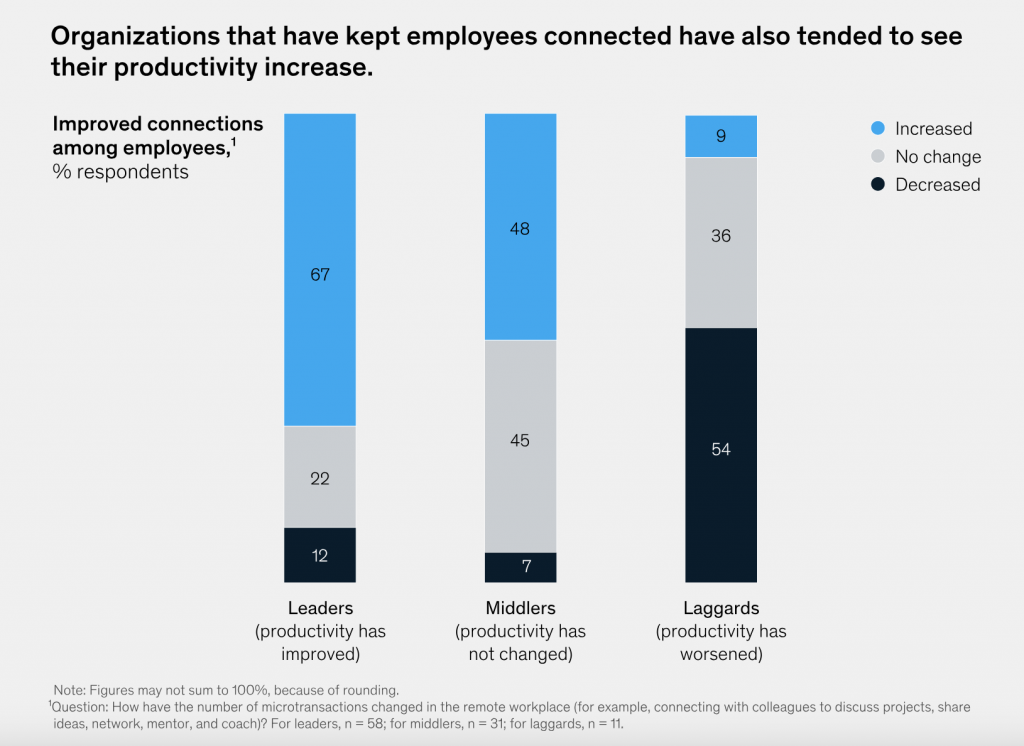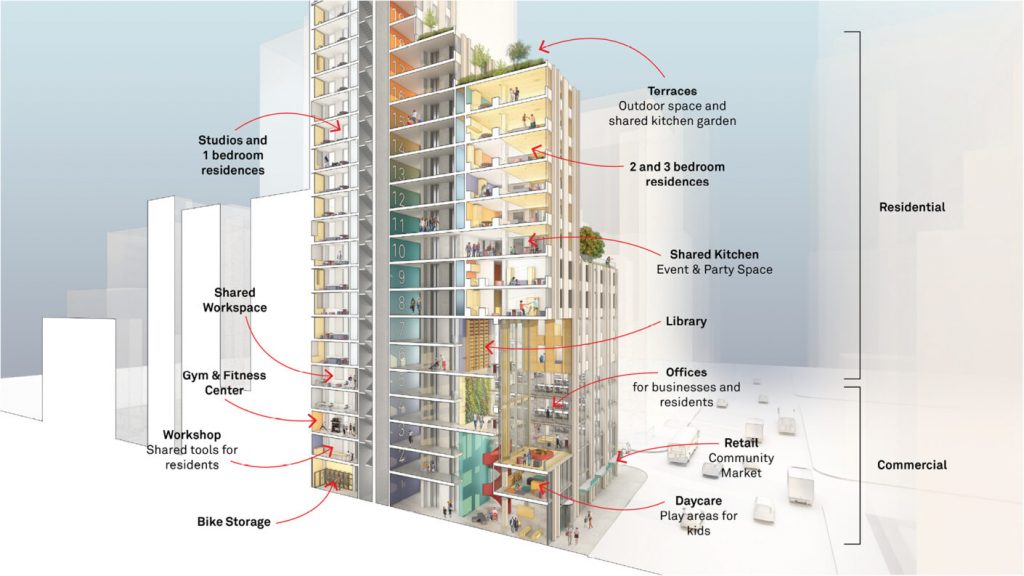As we navigate the post-pandemic landscape, one term has become the most relevant and the most controversial in the corporate world: HYBRID WORKING. This model, which combines remote and in-office work, is being touted as the future of work. But is it fact or fallacy?
The Case for Hybrid Working
There’s no denying the undeniable appeal of hybrid working. A study by Microsoft’s Work Trend Index found that over 70% of workers want flexible remote work options to continue. This model provides employees with the best of both worlds: the flexibility of working from home and the social interaction of the office.
Hybrid working can also benefit employers. According to this report by McKinsey, companies that embrace this model can access a broader talent pool, reduce real estate costs, and increase productivity and collaboration.

The Misleading Narrative
Despite the clear benefits, the narrative that hybrid working is here to stay might be misleading, and here’s why.
Firstly, this narrative assumes a one-size-fits-all approach, suggesting that all industries and roles can adapt to this model. However, the reality is far from this assumption. Many sectors, such as healthcare, manufacturing, and retail, require a physical presence. For instance, a surgeon cannot operate remotely, a factory worker cannot assemble products from home, and a retail store associate cannot assist customers virtually. Thus, the hybrid model, while ideal for some, is not universally applicable.
Secondly, the narrative often overlooks the challenges associated with managing a hybrid workforce. Effective management and clear communication are pivotal for the success of this model. However, managing employees who are out of sight can be challenging. It requires trust, accountability, and a shift from focusing on hours worked to outcomes produced. Without these, employees may feel disconnected, and productivity may suffer. The narrative often underestimates the potential for inequity in a hybrid working environment. There’s a risk that remote workers may become “out of sight, out of mind,” missing out on opportunities for advancement compared to their in-office counterparts. Companies need to ensure that policies and practices are in place to prevent such disparities.
Lastly, the narrative fails to consider the potential impact on corporate culture. Culture is built on shared experiences and interactions, which are more challenging to foster in a hybrid environment as we often don’t have the experience or skills necessary to do this other than in person. Companies will need to find innovative ways to build and maintain a strong culture with a dispersed workforce but also upskill their leaders to manage more effectively in a hybrid environment while still being a human centric leader. Sounds like a tall order and I believe many leaders are finding this challenging even though they may be trying their best to adapt.

While the hybrid model offers many benefits, the narrative that it’s the future of work may be overly simplistic. It’s crucial to consider the complexities and challenges associated with this model.
Urban development and Hybrid Working: A complex relationship
Gentrification, a process of neighbourhood change characterised by the influx of residents and businesses into a high potential location, serves multiple purposes in urban areas. It often leads to the transformation of urban landscapes, including the conversion of high-rise buildings to meet the demands of younger generations. These generations, particularly millennials and Gen Z, are drawn to urban areas for their vibrancy, diversity, and opportunities. The conversion of high-rise buildings, once primarily commercial, into residential spaces or mixed-use developments is a common trend that is on the up and even has resulted in relaxed planning frameworks in some countries. This concept is also being sold hard by many real estate companies looking to move large corporates into smaller premium office spaces and recycle their old office buildings to residential developers.

The impacts of these conversions are multifaceted. On one hand, they can potentially increase the supply of housing in city centres, which could help moderate housing costs. On the other hand, these conversions often target the luxury market, which may not improve affordability for most young people. Gentrification can also lead to the displacement of lower-income residents as rents and property values rise, resulting in significant demographic changes and potential community tension.
In the context of hybrid working, the conversion of high-rise buildings and gentrification can have several implications. Reduced commuting distances, flexible workspaces in city centres, attracting young talent, and fostering a sense of community and collaboration are some potential benefits. However, it’s important to note that while these trends could potentially reduce the need for hybrid working, they don’t eliminate it. Many employees value the flexibility that hybrid working offers, and some may prefer to live outside of city centres, despite the availability of urban housing.

Gentrification and the conversion of high-rise buildings in cities can meet some demands of younger generations and potentially influence hybrid working trends. However, it’s a complex issue with significant social, economic, and environmental implications. The specific circumstances can vary greatly depending on the city and the particular gentrification processes at play.
The Future of Hybrid Working
So, will hybrid working become the norm, or will it fade away as the pandemic recedes even further? The answer is not clear-cut. On one hand, the demand for flexible work arrangements is likely to persist. As technology continues to evolve, more roles could potentially adapt to the hybrid model.
On the other hand, the challenges associated with hybrid working cannot be ignored. Companies will need to invest in training and technology to ensure a seamless transition. They will also need to redesign their workplaces to accommodate both in-office and remote workers. The future of hybrid working is still very uncertain. It has the potential to revolutionise the way we work, but it also poses significant challenges. As we move forward, it’s crucial to question the narrative and consider all aspects of this model.


